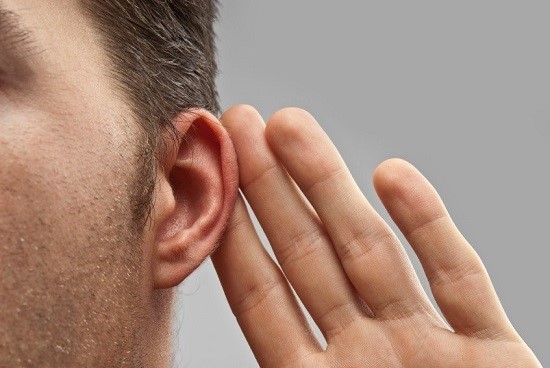
To say that hearing loss is prevalent is somewhat of an understatement. In the US, 48 million individuals report some amount of hearing loss. Which means, on average, for every five people you meet, one will have hearing loss. And at the age of 65, it’s one out of three.
With odds like this, how do you avoid becoming one of those five?
To help you understand how to preserve healthy hearing throughout your life, we’ll take a look at the causes and types of hearing loss in this week’s posting.
How Normal Hearing Works
Hearing loss is the disruption of normal hearing, so an appropriate place to begin is with a familiarity of how normal hearing is supposed to work.
You can think of normal hearing as consisting of three main processes:
- The physical and mechanical transmission of sound waves. Sound waves are created in the environment and move through the air, like ripples in a lake, eventually making their way to the external ear, through the ear canal, and ultimately hitting the eardrum. The vibrations from the eardrum are then transmitted to the middle ear bones, which then trigger the tiny nerve cells of the cochlea, the snail-shaped organ of the inner ear.
- The electrical conduction from the inner ear to the brain. The cochlea, once stimulated, converts the vibrations into electrical impulses that are sent to the brain via the auditory nerve.
- The perception of sound in the brain. The brain perceives the electrochemical signal as sound.
What’s fascinating is that what we perceive as sound is nothing more than sound waves, vibrations, electricity, and chemical reactions. It’s a wholly physical process that leads to the emergence of perception.
The Three Ways Normal Hearing Can Go Wrong
There are three main types of hearing loss, each interfering with some element of the normal hearing process:
- Conductive hearing loss
- Sensorineural hearing loss
- Mixed hearing loss (a mixture of conductive and sensorineural)
Let’s take a closer look at the first two, including the causes and treatment of each.
Conductive Hearing Loss
Conductive hearing loss inhibits the physical and mechanical conduction of sound waves to the inner ear and cochlea. This is due to anything that blocks conduction.
Examples include malformations of the outer ear, foreign objects inside the ear canal, fluid from ear infections, perforated eardrums, impacted earwax, and benign tumors, among other causes.
Treatment of conductive hearing loss consists of getting rid of the obstruction, treating the infection, or surgical correction of the malformation of the outer ear, the eardrum, or the middle ear bones.
If you have conductive hearing loss, for example from impacted earwax, you could begin hearing better instantly after a professional cleaning. With the exception of the more severe varieties of conductive hearing loss, this form can be the simplest to treat and can bring back normal hearing completely.
Sensorineural Hearing Loss
Sensorineural hearing loss disrupts the electrical conduction of sound from the inner ear to the brain. This is caused by deterioration to either the nerve cells within the cochlea or to the auditory nerve itself.
With sensorineural hearing loss, the brain is provided with weak electrical signals, reducing the volume and clarity of sound.
The chief causes of sensorineural hearing loss are:
- Genetic syndromes or fetal infections
- Regular aging (presbycusis)
- Infections and traumatic accidents
- Meniere’s disease
- Cancerous growths of the inner ear
- Side effects of medication
- Abrupt exposure to extremely loud sounds
- Long-term exposure to loud sounds
Sensorineural hearing loss is frequently associated with exposure to loud sounds, and so can be protected against by staying away from those sounds or by shielding your hearing with earplugs.
This form of hearing loss is a little more challenging to treat. There are no current surgical or medical procedures to heal the nerve cells of the inner ear. However, hearing aids and cochlear implants are extremely effective at taking on the amplification responsibilities of the nerve cells, resulting in the perception of louder, sharper sound.
The third type of hearing loss, mixed hearing loss, is simply some combination of conductive and sensorineural hearing loss, and is treated accordingly.
If you have any trouble hearing, or if you have any ear pain or lightheadedness, it’s a good idea to contact your physician or hearing professional as soon as possible. In almost every case of hearing loss, you’ll get the best results the sooner you take care of the underlying issue.
